Lymphadenitis is an inflammatory lymph node disease in which there is their increase and the fusion of several nodes into a large tumor.
The pathology can affect the lymph nodes in the neck, as well as in other parts of the body. Pathology can be treated using various methods, in each case, therapy is selected individually, depending on the degree of neglect of the condition and the presence of concomitant complications.
Record content:
- 1 Types and forms of the disease
- 2 Stages and degrees
- 3 Symptoms
- 4 Causes
- 5 Diagnostics
- 6 When to see a doctor
- 7 Prophylaxis
-
8 Treatment methods
- 8.1 Medications
- 8.2 Folk methods
- 8.3 Other methods
- 9 Possible complications
- 10 Video about lymphadenitis
Types and forms of the disease
Depending on the course of the pathological process, the disease can be acute or chronic. In the first case, the symptoms come on suddenly and are pronounced. In the second, there is a gradual increase in symptoms and the absence of acute symptoms.
If we study the nature of the inflammatory process, it can be noted that it develops in a different way. Experts distinguish several types of lymphadenitis.
| A kind of inflammation | Peculiarities |
| Catarrhal form | This form of the disease is considered the most mild, accompanied by minor inflammation, while there are no pronounced symptoms. The disease is considered a mild or initial form of lymphadenitis, its first sign is a violation of the permeability of the vascular wall |
| Hyperplastic lymphadenitis | This form is accompanied by more pronounced signs of inflammation and proliferation of lymph node tissues. As a result, external symptoms of inflammation appear at the site of localization of the pathological process. |
| Purulent type of inflammation | The most severe type of the disease, in which there is a progression of the condition and the development of a purulent process. At the same time, the lymph node gradually collapses, which can lead to the formation of an abscess and other complications |
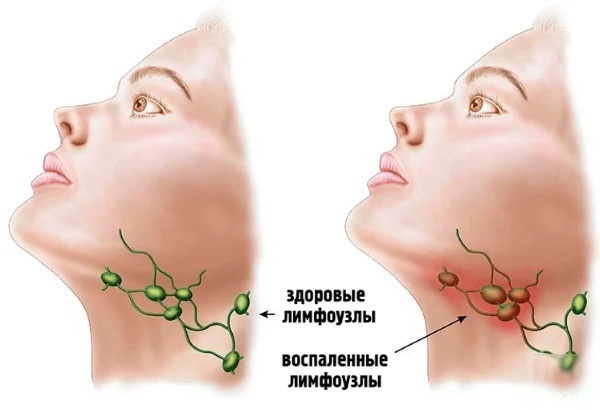
Symptoms differ depending on the type of pathology, and different treatment is selected. Experts also distinguish between complicated and uncomplicated lymphadenitis. The first is treated for a long time, often provokes other diseases, the second is mild and heals quite quickly.
Stages and degrees
Lymphadenitis in the neck (only a qualified doctor should treat the disease) can proceed in 3 stages, which does not depend on the type of pathological condition. At the initial stage, the patient develops slight discomfort in the affected area, after which other symptoms join. General signs of impairment are usually absent at this stage.
At stage 2, the symptoms are aggravated, pain and systemic disorders join. It is at this stage that patients usually turn to a specialist, since they cannot ignore the manifestations.
At stage 3, all signs are acutely expressed, the general condition deteriorates significantly, the spread of the inflammatory process to other lymph nodes is observed. In this case, complications develop that can lead to blood poisoning. Usually stage 3 requires radical treatment with surgery.
Symptoms
The disease manifests itself in various symptoms, but the external signs do not differ. At the initial stage, a small seal appears in the area of the lower jaw and ear.
It is painless when touched and easily displaces if you press it. Gradually, the size of the seal increases, when you touch it, you feel moderate pain, and displacement is difficult.
If the patient does not see a doctor, the size of the tumor increases, which is associated with the involvement of nearby lymph nodes in the process. The skin in the affected area becomes tense, somewhat thinner. Somewhat later, redness, swelling appears, in many patients, the skin acquires a bluish tint.
At this stage, touching the lesion provokes severe pain, and head movements cause pain.
With the advanced course of the disorder, the patient has other symptoms:
- An increase in body temperature against the background of the progression of the inflammatory process.
- Weakness and fatigue.
- Deterioration of appetite, up to its complete absence.
- Nausea, pain in the stomach and intestines.
- Sleep disturbance, anxiety and causeless restlessness.
- Irritability.
- Decreased performance.
- Headaches, dizziness.
- Muscle tension in the neck.
- Forced head position, which relieves stress on the affected area.
The presence of such symptoms indicates an aggravation of the condition and is considered a reason for immediate medical attention. In children, lymphadenitis can also develop, but usually the size of the node increases slightly, movements are not disturbed, and the general symptoms are limited to an increase in body temperature.
Causes
Lymphadenitis in the neck (it is necessary to treat the pathology after identifying the reasons for its development) can develop against the background of various predisposing factors, which does not depend on the type of inflammation.
The main reasons for the occurrence are considered the following:
- Frequent colds and viral diseases that weaken the immune system of patients.
- Laryngitis, pharyngitis and tonsillitis of acute and chronic forms. Usually, inflammation develops against the background of a chronic course of the pathological condition.
- Rhinitis and otitis media in patients of different ages. Such reasons in most cases provoke the development of the disease in children, especially with frequent recurrence.
- Rubella can also cause damage to the lymph nodes. In this case, the pathology develops in children and adults, but in the former, complications in the form of lymphadenitis occur less often.
- Dental pathologies accompanied by inflammation of the dental nerves or gums.
- The presence of purulent wounds in the neck or head, which do not heal for a long time and provoke an inflammatory process.
- Frequent development of influenza with a severe course and complications from the respiratory system.
- Diagnosing adenovirus infection in a patient. In most cases, this factor provokes the development of a disorder in children.
- Inflammation of the thyroid gland of an infectious origin, in which the tissues of the organ are affected in the patient.
- Mononucleosis of an infectious origin, which often affects children, provokes inflammation of the lymph nodes of the neck and other areas.
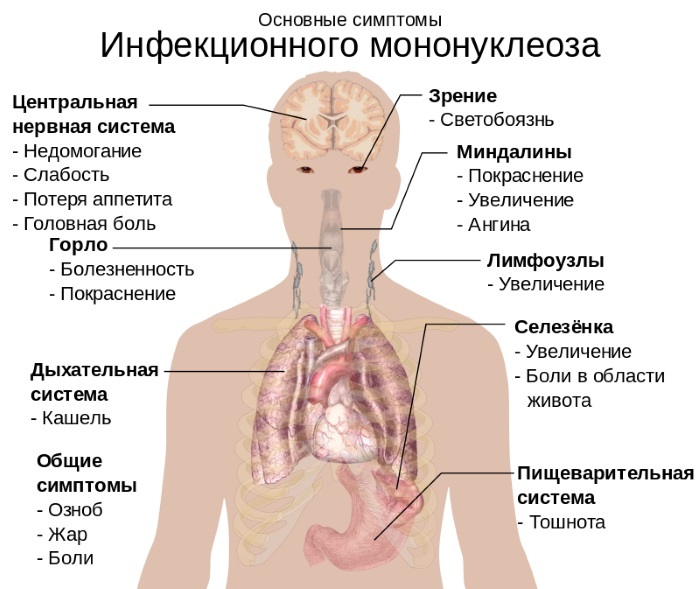
- Sinusitis and sinusitis of a chronic form.
Often, pathology develops against the background of vitamin deficiency, when there is a weakening of immune forces as a result of insufficient intake of vitamins and mineral components in the body.
Diagnostics
Lymphadenitis with localization of inflammation in the neck or other parts of the body is considered a dangerous disease. However, it can be treated only after passing a full examination, which makes it possible to assess the degree of neglect of the condition.
Today, experts use several proven methods:
- General examination and questioning of the patient is carried out in a state clinic for free. This method is considered the first stage of diagnosis, it helps to identify the presumptive cause of the disease, as well as the degree of its neglect. Based on the data obtained, the specialist prescribes an additional examination.
- Clinical and biochemical blood trace is considered one of the standard mandatory research methods. It is carried out in different clinics and costs about 500-600 rubles. The patient's blood is taken from a vein, after which it is sent for research to the laboratory. Usually, as a result, you can see a critical increase in the level of leukocytes, which indicates the progression of the inflammatory process.
- Ultrasound diagnostics the affected area is carried out in special rooms with the appropriate equipment, it costs about 500-800 rubles. during the procedure, the specialist examines the affected lymph nodes, notes the degree of neglect of the condition and assesses the condition of the surrounding tissues.
- X-ray of the area lesions are carried out free of charge in public clinics, it helps to assess the condition of the tissues and detect abnormalities, the transition of pathology to other areas. The method is not always used, it is indicated in the case when the patient cannot immediately undergo ultrasound diagnostics or he has concomitant deviations from the side of the spinal column.
-
Biopsy is carried out in different clinics, and the price of the procedure can be 300-700 rubles. depending on the institution. The study involves taking a sample of inflamed tissue with its subsequent histological study. Diagnostics helps to differentiate inflammation from malignant neoplasm.

Based on the examination data, a final diagnosis is made, the doctor prescribes the most effective treatment.
When to see a doctor
If symptoms of the disease appear, it is important to see a doctor right away. You should not ignore the manifestations, even if the initial stage of the disease was revealed during the examination.
Treatment is usually carried out by a therapist, but during the examination, he almost always sends the patient for a consultation with an otolaryngologist or dentist. If there are signs of purulent inflammation, a consultation and examination of a surgeon is indicated.
Prophylaxis
Lymphadenitis in the neck (the doctor should treat the disease after receiving the test results) does not apply to hereditary diseases, but it often develops as a result of the presence in the body of any infections. Prevention measures are aimed at preventing the progression of infectious diseases, as well as reducing the risk of their development.
Patients are advised to exclude contact with infected people, and also to use only individual personal hygiene items. If signs of an infectious disease appear, you should immediately consult a doctor who will help prevent the progression of the disorder.
The most important and effective method of prevention is the timely treatment of colds, diseases of the throat, ears, nasal sinuses. This will significantly reduce the risk of developing lymphadenitis. When symptoms of the disease appear, it is important to immediately visit a specialist and strictly follow all recommendations for treatment.
Treatment methods
For treatment, medications and folk remedies are used, as well as additional methods that help to exclude the progression of the disease and the development of complications. Often, a specialist combines several methods to achieve greater efficiency.
Medications
For therapy, drugs from different groups are used to suppress the activity of microbes and eliminate signs of inflammation.
The most effective remedies:
-
Nimesil prescribed for the purpose of anesthesia and lowering the patient's body temperature. Usually, the remedy is indicated at an advanced stage of the disease, when the patient has constant pain that interferes with sleep. The drug is considered very effective, not only eliminates pain and lowers body temperature, but also helps to stop acute signs of inflammation, which significantly improves the condition. The powder is dissolved in 100 ml of water and taken orally 1 to 3 times a day at regular intervals. For 1 reception you need 1 packet of powder. Application lasts up to 7 consecutive days. The price of the medicine is from 40 rubles. for 1 package.
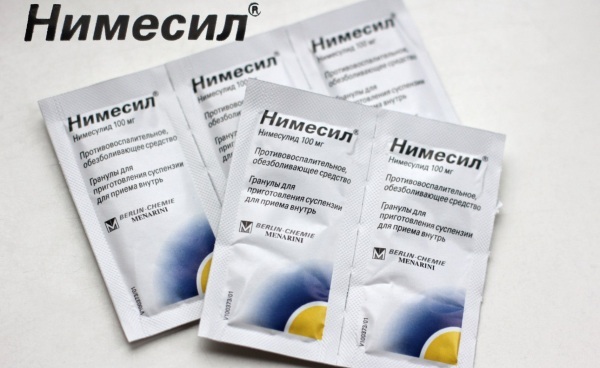
- Ketorol It is indicated for exacerbation of the condition and severe pain, helps to eliminate discomfort and normalize sleep, it is considered very effective. The drug is taken no longer than 7 days, which avoids complications from the digestive tract. The daily dosage is 1-3 tablets, depending on the severity of the pain. Price - from 120 rubles.
- Ibuprofen taken with a persistent increase in body temperature, as well as headaches and sleep disturbances with exacerbation of symptoms. Tablets are taken 1 piece 2 times a day for 2 weeks. The drug is effective and additionally has anti-inflammatory properties. Price - from 50 rubles.
- Cetrin refers to antihistamines and is used in the case when the inflammation is provoked by allergic diseases with damage to the mucous membranes. The tool eliminates edema, signs of rhinitis and significantly alleviates the condition. Tablets are taken 1 time per day, 1 piece, the course of treatment lasts up to 10 days. The price of the product is from 170 rubles.
- Ceftriaxone prescribed for severe pathology, as it effectively fights microbes and eliminates in severe inflammation. The drug is usually used in a hospital setting, since it is administered intravenously or intramuscularly at 2-4 g per day, depending on the severity of manifestations. Before intramuscular administration, 4 ml of Lidocaine are added to the vial with the powder; with intravenous infusion, 15-20 ml of sodium chloride are required for 1 vial of the antibiotic. The course of therapy with the drug lasts 10-14 days. Price - from 30 rubles. per bottle.
- Amoxil taken in tablet form, if the symptoms of inflammation do not appear acutely, and the general condition worsens slightly. The patient uses 2 tablets per day, the intake is continued for 7-14 days. The tool is considered effective, it destroys many microorganisms that can provoke inflammation of the lymph nodes. The price of the medicine is from 230 rubles.
- Acyclovir indicated for the viral origin of the disease, when frequent colds lead to inflammation of the lymph nodes. The tablets quickly destroy viruses and help to significantly improve the condition, are highly effective. The drug is taken within 7-10 days, 1 tablet 2 times a day. Price - from 80 rubles.
- Fluconazole usually included in the course of therapy in the case when the patient has concomitant diseases of fungal origin. The drug quickly destroys fungal cells by destroying their membranes, improves the condition and prevents complications. Take it at 200-400 mg per day for 2-3 weeks. Price - from 250 rubles.
-
Reosorbilact used in advanced stages, when the patient is being treated in a hospital. The tool effectively cleanses the blood and prevents poisoning of the body. It is administered intravenously using a dropper from 200 to 400 ml per day. The treatment lasts 5-10 days. The price of the product is from 120 rubles. per bottle.
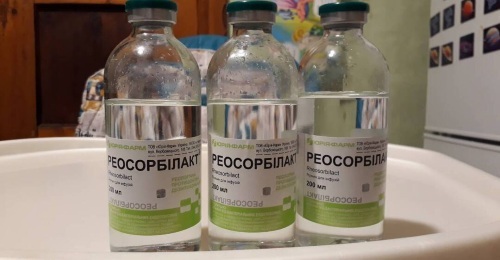
The use of funds must be coordinated with a specialist. The dosage and duration of admission is determined individually, depending on the severity of symptoms and the stage of development of the disease.
Folk methods
Lymphadenitis in the neck (it is necessary to treat the disease in a timely manner) cannot be cured with the help of alternative medicine recipes. But some patients use them to alleviate the condition. Many formulations have anti-inflammatory and antiseptic properties, which have a beneficial effect on the condition.
An aqueous infusion based on dandelion roots is considered a good prophylactic agent to prevent complications and improve the patient's condition. It can be prepared from 10 g of dry raw materials and 300 ml of boiling water, infused for 4 hours, then take 15 ml 3 times a day. The treatment lasts 10 days.
A mixture of aloe juice and honey helps to strengthen the immune system and improve the patient's well-being. It can be prepared from 100 ml of juice and 200 ml of liquid honey. After mixing the components, the mixture should be infused for 24 hours. Take it 1 tablespoon 2 times a day until the composition ends.
Echinacea tincture helps to improve the condition, strengthen the immune system, and prevent complications. It can be prepared from 100 g of dry plant roots and 500 ml of vodka. Insist on the medicine for 2 weeks. The filtered composition is taken 20 drops 2 times a day. Before taking, the product is added to 100 ml of water, which makes it easier to use. Therapy with the remedy lasts 2-3 weeks.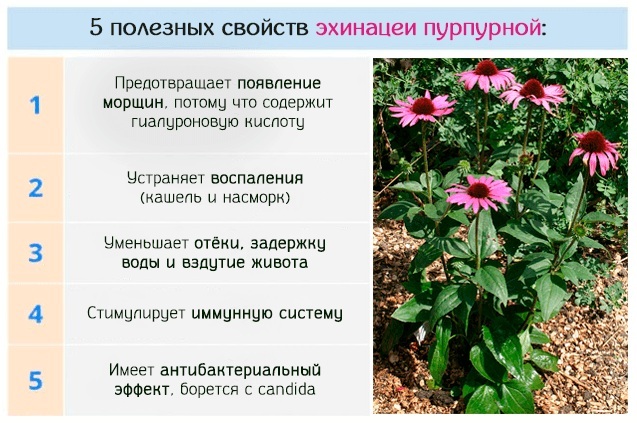
The use of folk remedies is allowed only after consulting a doctor and in the absence of acute symptoms. If the patient's condition is serious, there are signs of intoxication, it is strictly forbidden to self-medicate.
Other methods
In the treatment of lymphadenitis, physiotherapy methods are also used, for example, UHF therapy or laser therapy.
During UHF therapy, a high-frequency field is applied to the lesion site, which helps to speed up the healing process and prevents the spread of the inflammatory process. The procedure lasts 20 minutes and is carried out 3 times a week. The course of therapy consists of 10-15 sessions, in each case is determined individually.
Laser therapy is indicated for patients who do not have acute signs of inflammation, but there is an increase in lymph nodes. During the procedure, a special laser is applied to the area of inflammation, which starts the recovery processes and significantly improves the condition. The course consists of 10 sessions, each of which lasts 20 minutes and is carried out 2-3 times a week.
The most radical additional method of treatment is surgery, which is performed under general anesthesia. The operation is indicated in the case of a severe course of violation with the formation of an abscess, the spread of a purulent process to healthy tissues.
Surgical intervention involves cutting the skin at the site of inflammation, followed by cleansing the purulent contents and rinsing the resulting cavity. The recovery period after the intervention lasts 2-4 weeks, the patient must take antibiotics during rehabilitation.
Possible complications
In the absence of treatment, pathology will certainly provoke complications.
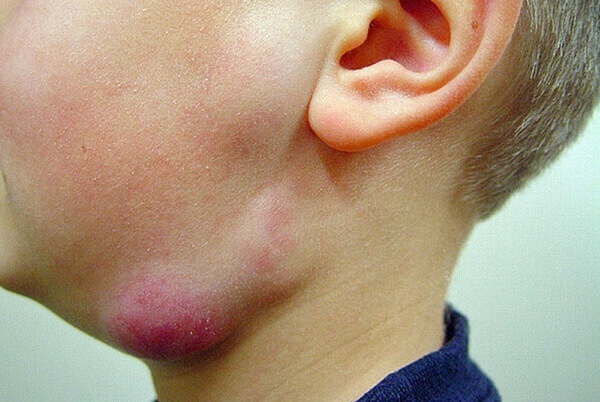
The most common ones are:
- Formation of an abscess.
- The penetration of microorganisms into the systemic circulation and the development of blood poisoning.
- Involvement of other lymph nodes in the inflammatory process.
- Severe intoxication of the body.
- Atrophic changes in tissues at the site of injury.
Complications can be prevented by timely treatment in compliance with all the doctor's recommendations.
Lymphadenitis is a common condition that affects the lymph nodes in the neck and other areas. The disease provokes local and general symptoms, and also often leads to the development of complications.
Inflammation should be treated in a timely manner, which will prevent the progression of the disease. For therapy, medicines, folk remedies and other methods are used, depending on the type and neglect of the pathology.
Video about lymphadenitis
Doctor about a single enlarged lymph node:



